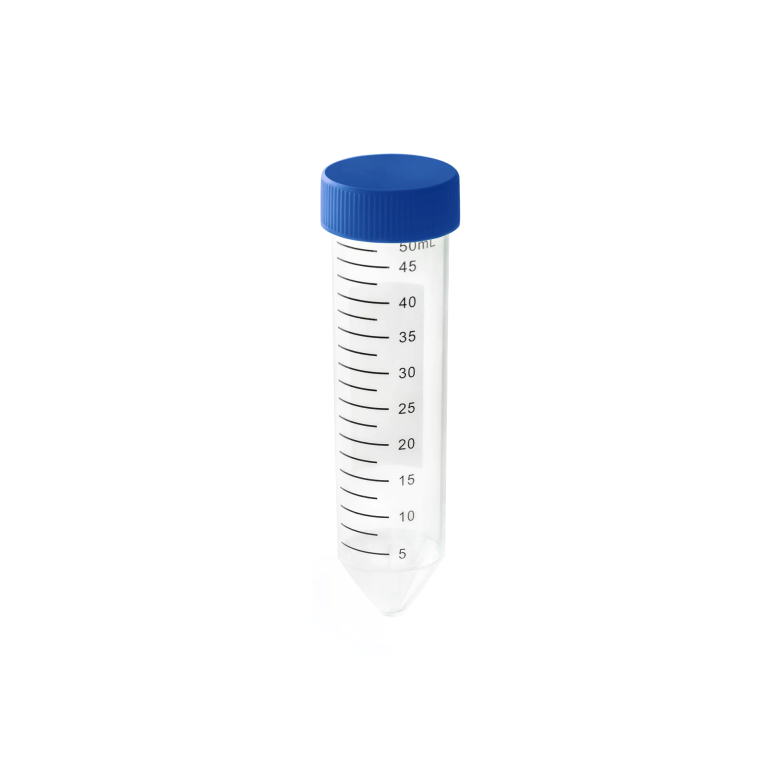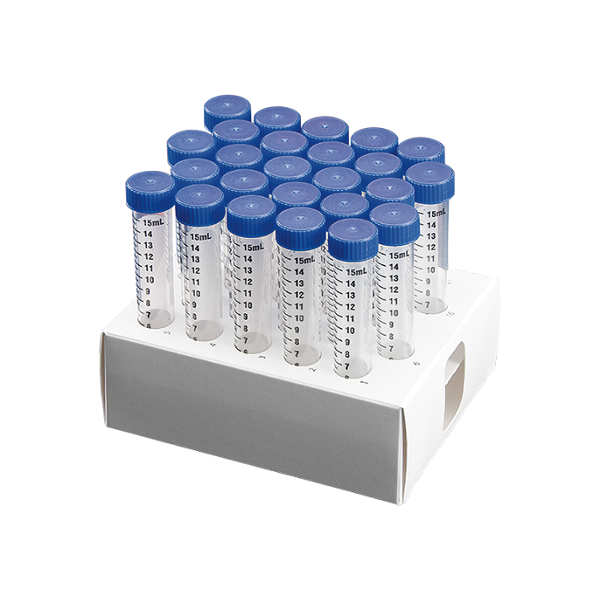
Here are a few key things to know about serological pipettes:
– Serological pipettes are used to accurately measure and transfer small volumes of liquid, usually between 1-10 ml. They are commonly used in immunology and serology labs.
– The pipette is graduated with markings to measure the volume of liquid drawn up into the pipette. There are several sizes of serological pipettes such as 5ml, 10ml, etc.
– They are made of plastic and consist of a long slender tube with a pipette bulb at the top. The user squeezes the bulb to draw liquid up into the tube.
– The tip of the pipette is smooth and angled to make it easier to dispense drops of liquid. The tip also has a rim to make it easier to wipe off excess liquid and avoid contamination.
– Serological pipettes are disposable and designed for single use to prevent cross-contamination between samples. They should not be reused.
– Proper technique is important when using these pipettes to ensure accuracy. The meniscus of the liquid should be lined up with the correct volume marking when measuring.
– They can also be used with pipette aids or controllers which allow the user to more easily regulate suction. This gives greater control and precision.


